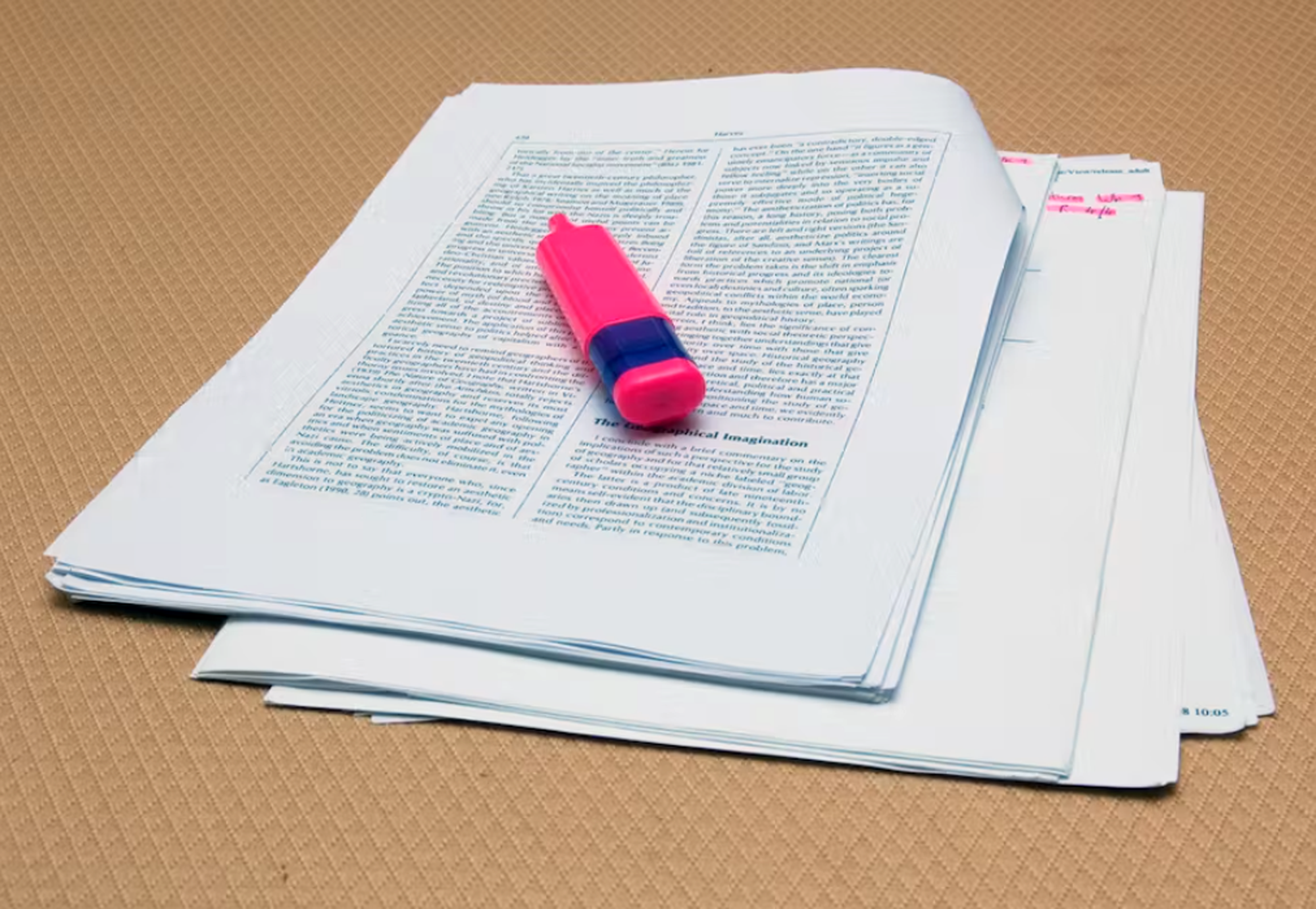Long-time readers of this blog (are there any left ?) know me well since I often used to write posts about personal matters here and in my previous sites. However, I am aware that readers come and go, and I also realize that lately I have not disclosed much of my personal life here; things like where I work, what's my family like, what I do in my pastime, what are my dreams and my projects for the future. So it is a good idea to write some personal details here.
Below is a clip from a chapter of my book where I describe the story of the silicon microvertex detector of the CDF experiment. CDF collected proton-antiproton collisions from the Tevatron collider in 1985, 1987-88, 1992-96, and 2001-2011. Run 1A occurred in 1992, and it featured for the first time in a hadron collider a silicon strip detector, the SVX. The SVX would prove crucial for the discovery of the top quark.
Yesterday I was in Rome, at a workshop organized by the Italian National Institute for Nuclear Physics (INFN), titled "What Next". The event was meant to discuss the plan for basic research in fundamental physics and astrophysics beyond the next decade or so, given the input we have and the input we might collect in the next few years at accelerators and other facilities.
If I look back at the first times I discussed the important graph of the top quark versus W boson mass, nine years ago, I am amazed at observing how much progress we have made since then. The top quark mass in 2005 was known with 2-3 GeV precision, the W boson mass with 35 MeV precision, and we did not know where the Higgs boson was, or if there was one.
The mass of the top quark is a very important parameter of the standard model: using its value together with other no less fundamental ones (the W boson mass, the Higgs mass, and many parameters describing the properties of Z bosons) it is possible to study in great detail the predictions of the theory. In particular, due to the way heavy particles influence the Higgs field, one may verify the consistence of the standard model by looking at a graph where the top quark mass is in the x axis and the W boson on the y axis: different hypotheses for the Higgs boson mass then lie on different parallel curves. One example of such a graph is shown below. It is too complex to discuss it in detail here, but if you are curious I can supply more information in the comments thread.
As I mentioned a few months ago, lately I have been writing a science book for laymen. The idea is to focus on the history of CDF, a particle physics experiment that collected data from 1985 to 2011 at the Fermilab laboratory near Chicago.
 On A Roll
On A Roll When The Attack Plays Itself
When The Attack Plays Itself Toponium Found By CMS!
Toponium Found By CMS! The Problem With Peer Review
The Problem With Peer Review








